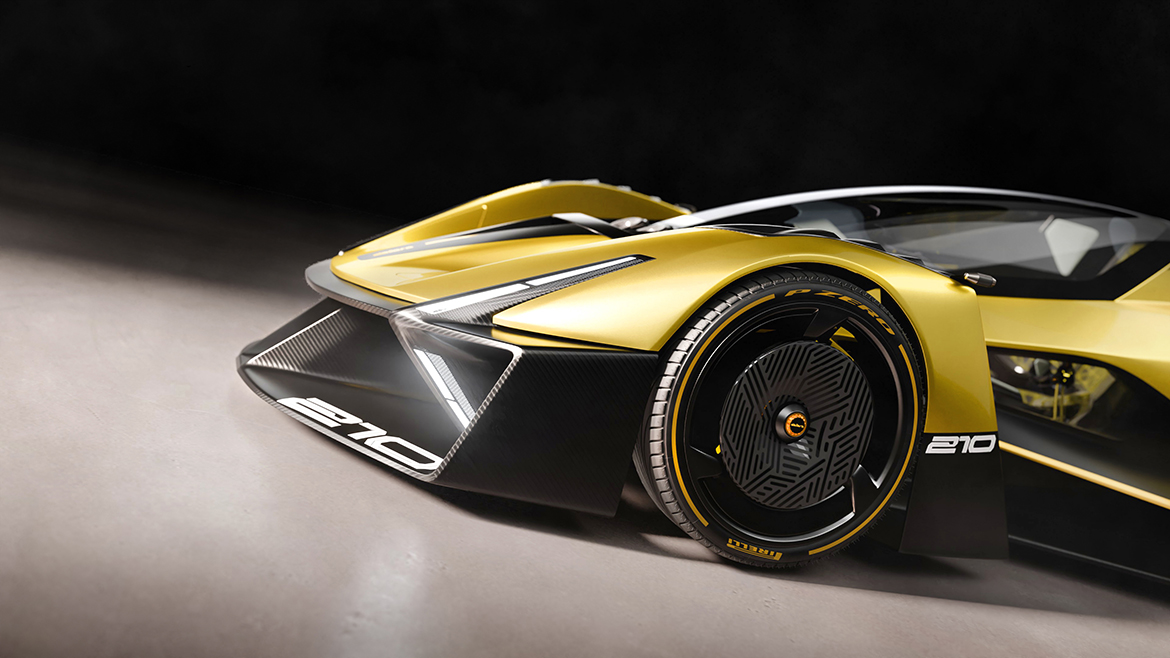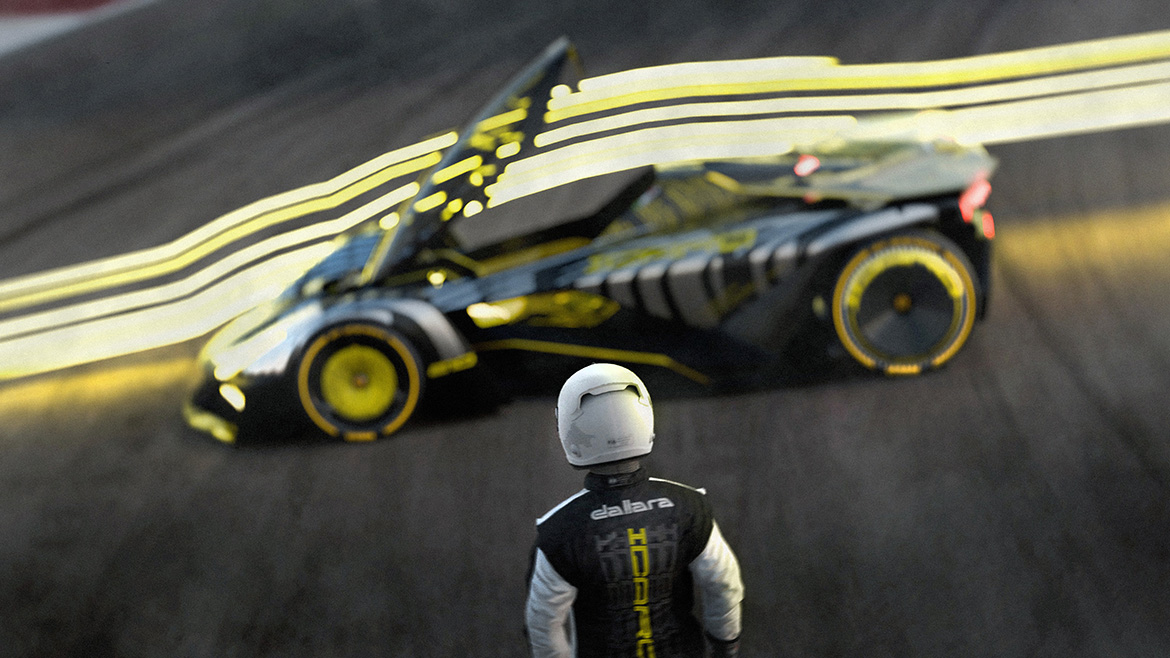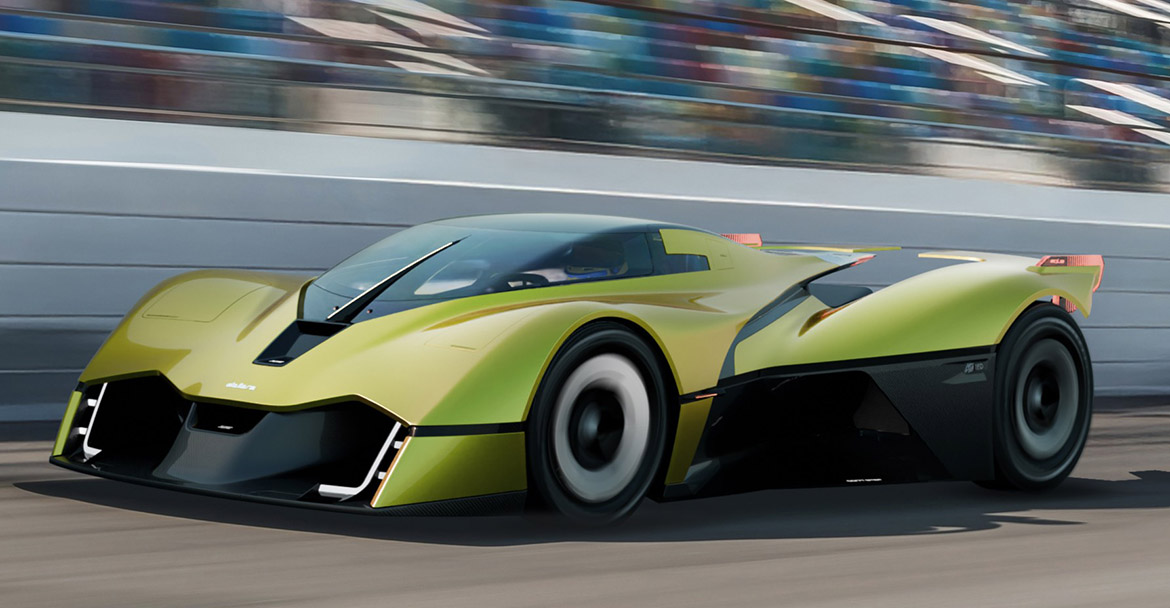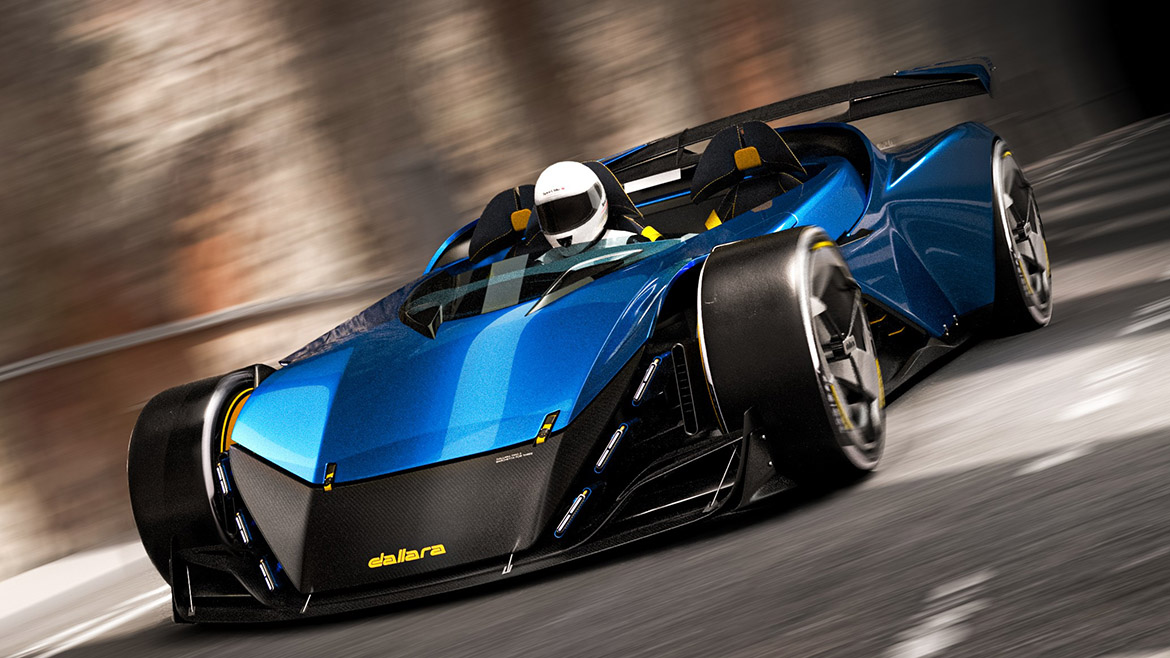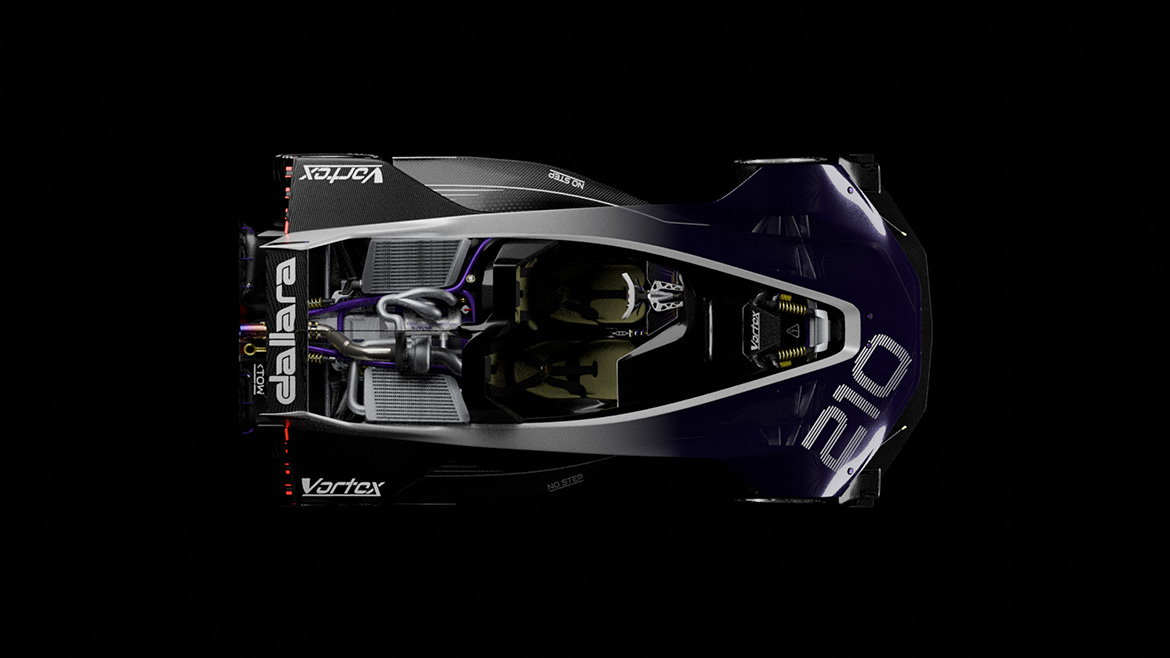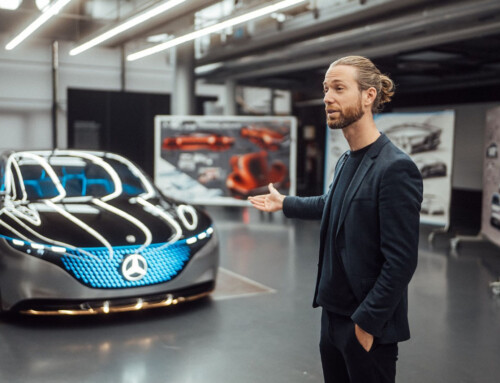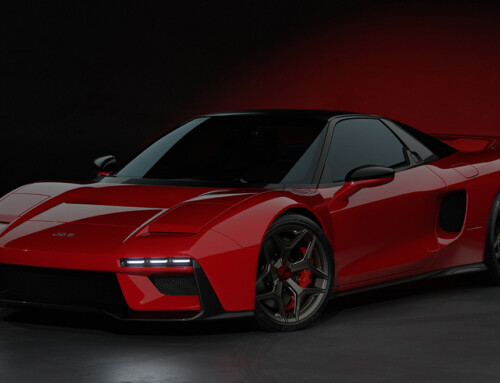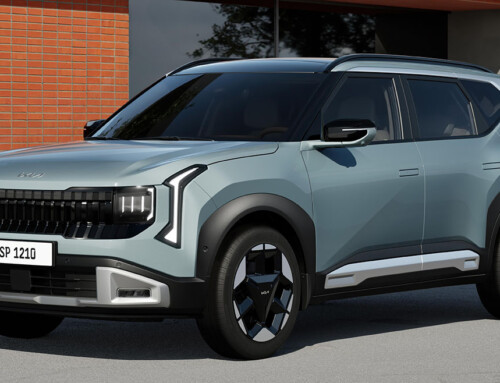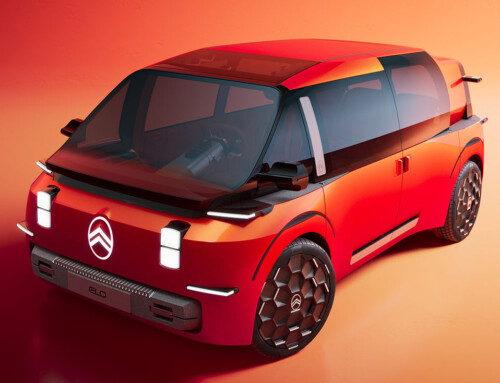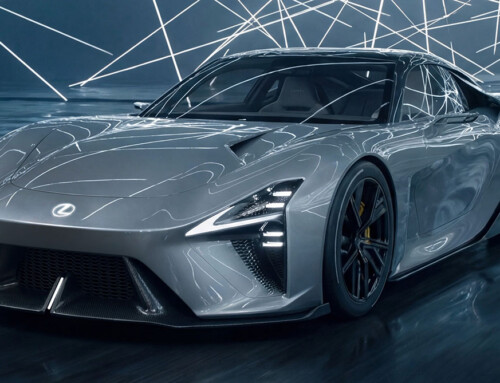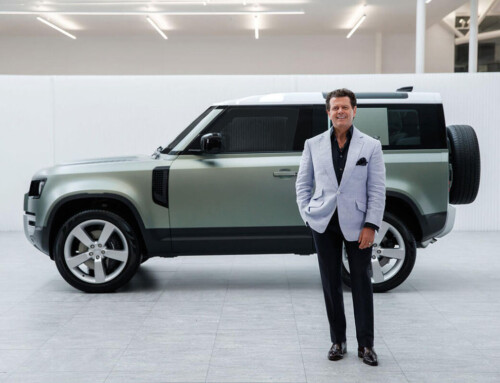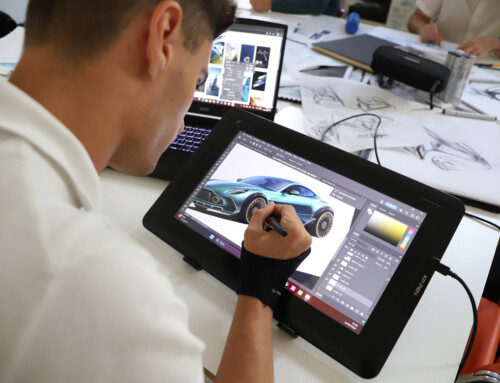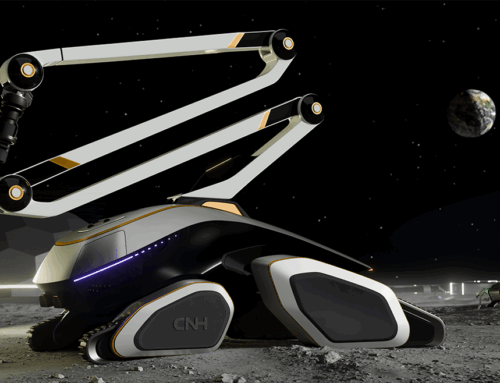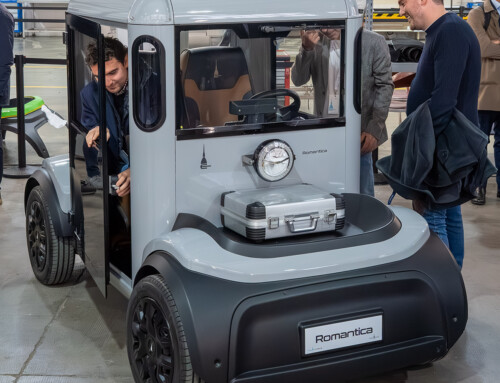Cars as sharp as blades and as light as dragonflies, single-seaters inspired by the tension of a bow or the grace of a manta ray, bodies sculpted by the wind and interiors designed as extensions of the human body. Six visionary concept cars, born from the encounter between one of the most iconic realities of Italian automotive engineering and the creative talent of the new generation of car designers at IED Turin, interpret the vision of the future of the sports car for Dallara. A synergy that took shape within the thesis projects of the Three-Year BA Program in Transportation Design, which invited the students to confront an ambitious and concrete challenge: to imagine a new high-performance road-going sports car that can embody and take up the founding values of the Emilian brand – lightness, efficiency, simplicity, safety and authentic driving pleasure. The result is a heterogeneous and daring collection of proposals that explore unconventional architectures, radical solutions and strong identity languages, giving rise to personal expressions but deeply consistent with the Dallara spirit and returning an image of the sports car as an immersive experience.
Icaro
Icaro brings a poetic and revolutionary interpretation of the sports car. The design focuses on the driver’s gesture, recovering the physical and instinctive aspect of driving. The shapes are compact, the materials essential and transparent, the mechanical appendages – inspired by the flaps of ultralights – react directly to the driver’s inputs. The entire vehicle becomes an extension of the human body, evoking the ancestral dream of flight. With references to Concorde, fighter jets, Calatrava’s architecture and even dragonfly wings, Icaro becomes a manifesto of an idea of mobility that is not only technical, but also emotional and symbolic.
Damocles
Damocles is distinguished by its unusual layout: two seats arranged in tandem, where the driver and passenger are aligned along the longitudinal axis. A technical choice that reflects the desire to achieve perfect mass balance and uncompromising driving dynamics. At the heart of the design is an inline four-cylinder engine mounted transversely behind the passenger-a compact and rational solution that contributes to balanced weight distribution and precise and responsive dynamic response. The design is built around a sculpted core, with taut surfaces and sharp volumes that convey precision, power and control.
Equa
Equa, on the other hand, was born from motorcycle and sidecar racing suggestions, evolving into a compact single-seater – less than 4 meters long – that defines a new segment: the Mini-Hypercar. The project blends performance derived from the IndyCar world with an essential, sculpted design in which each element has a clear and focused function. The cockpit, inspired by archery ergonomics, celebrates the centrality of the driver’s gaze and concentration. A revisited Halo as a structural and stylistic element recalls the racing universe and becomes a symbol of the car.
Type 3
Type 3 explores the idea of a lightweight, technical sports car that dialogues with contemporary motorsport aesthetics. The design is built around an exposed carbon fiber chassis, with exposed suspension that reveals the mechanics and enhances its functional character. The design language is dry and essential, with compact volumes and clean surfaces. Elements such as Formula 1-style air vents, a removable rear wing for track days and a flow arrangement designed for rapid brake cooling complete a concept that combines performance, rationality and structural elegance.
Vortex
With Vortex, the focus shifts to technical transparency and mechanics as an aesthetic element. The concept imagines a racing car, equipped with a three-rotor rotary engine deliberately left exposed, made homologous for road use. The carbon fiber structure and aerodynamic solutions inspired by marine animals and fluid physics-such as vortex generators and treated surfaces-demonstrate a scientific and engineering approach to aesthetics. The result is a lightweight car, under 750 kg, but with a very strong visual and performance impact.

